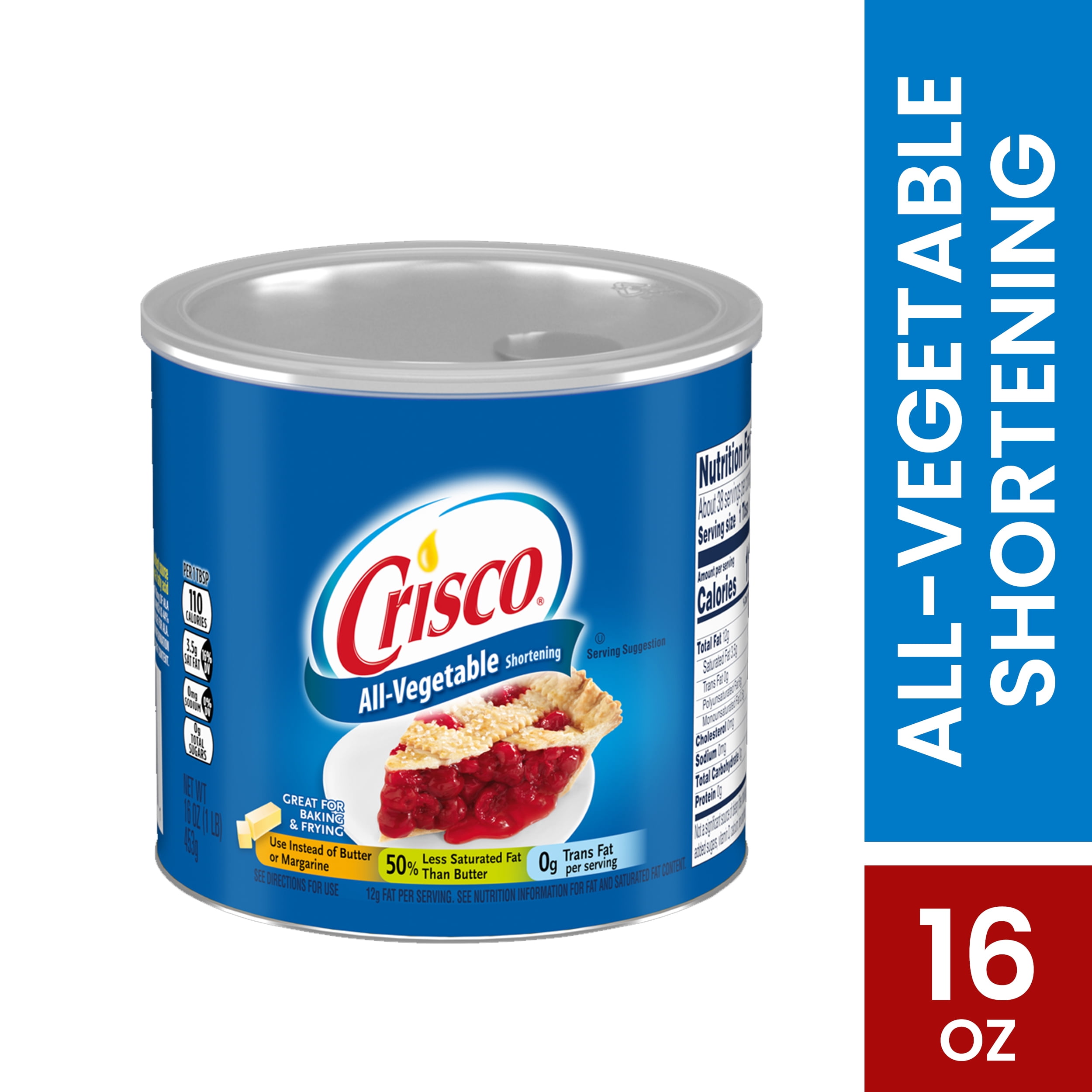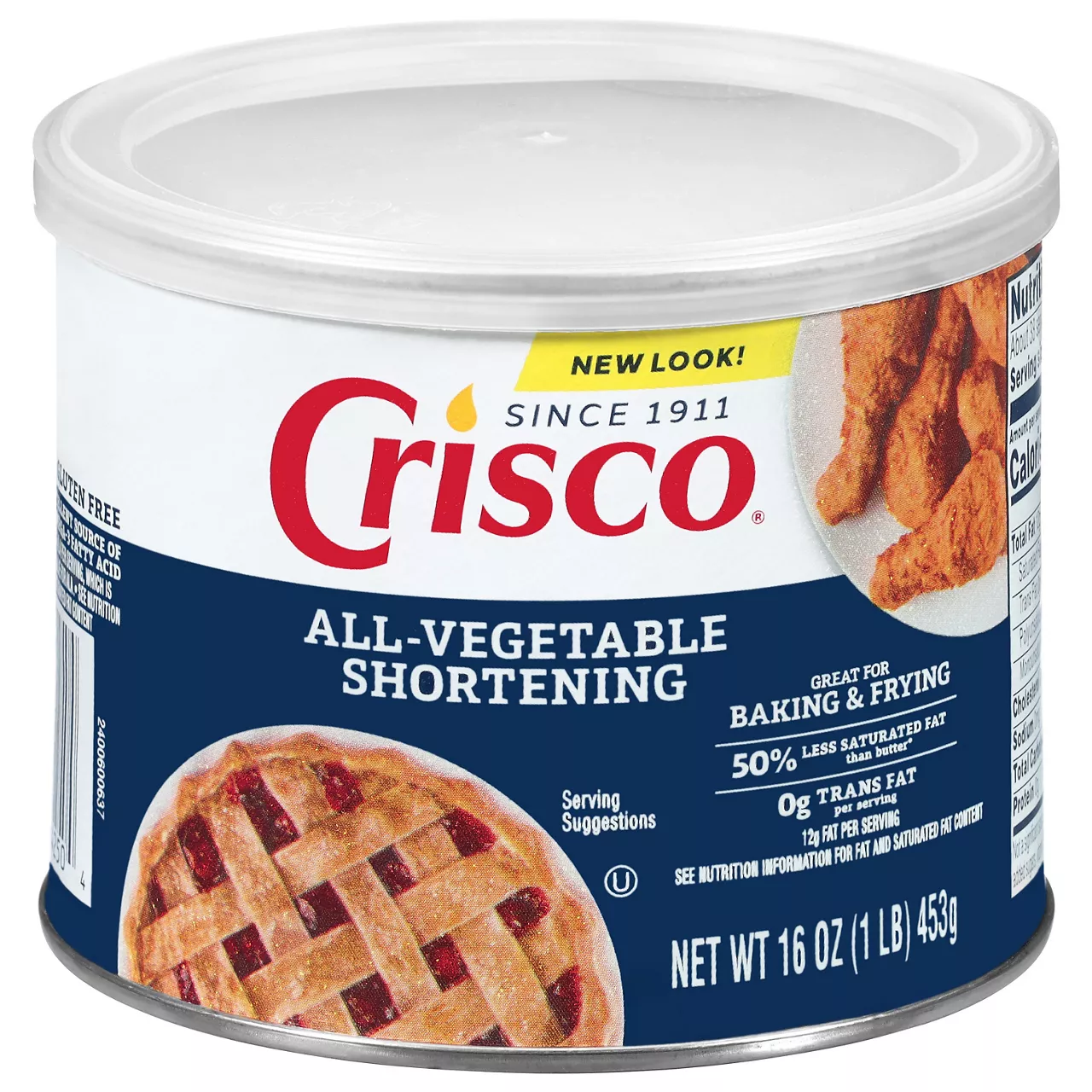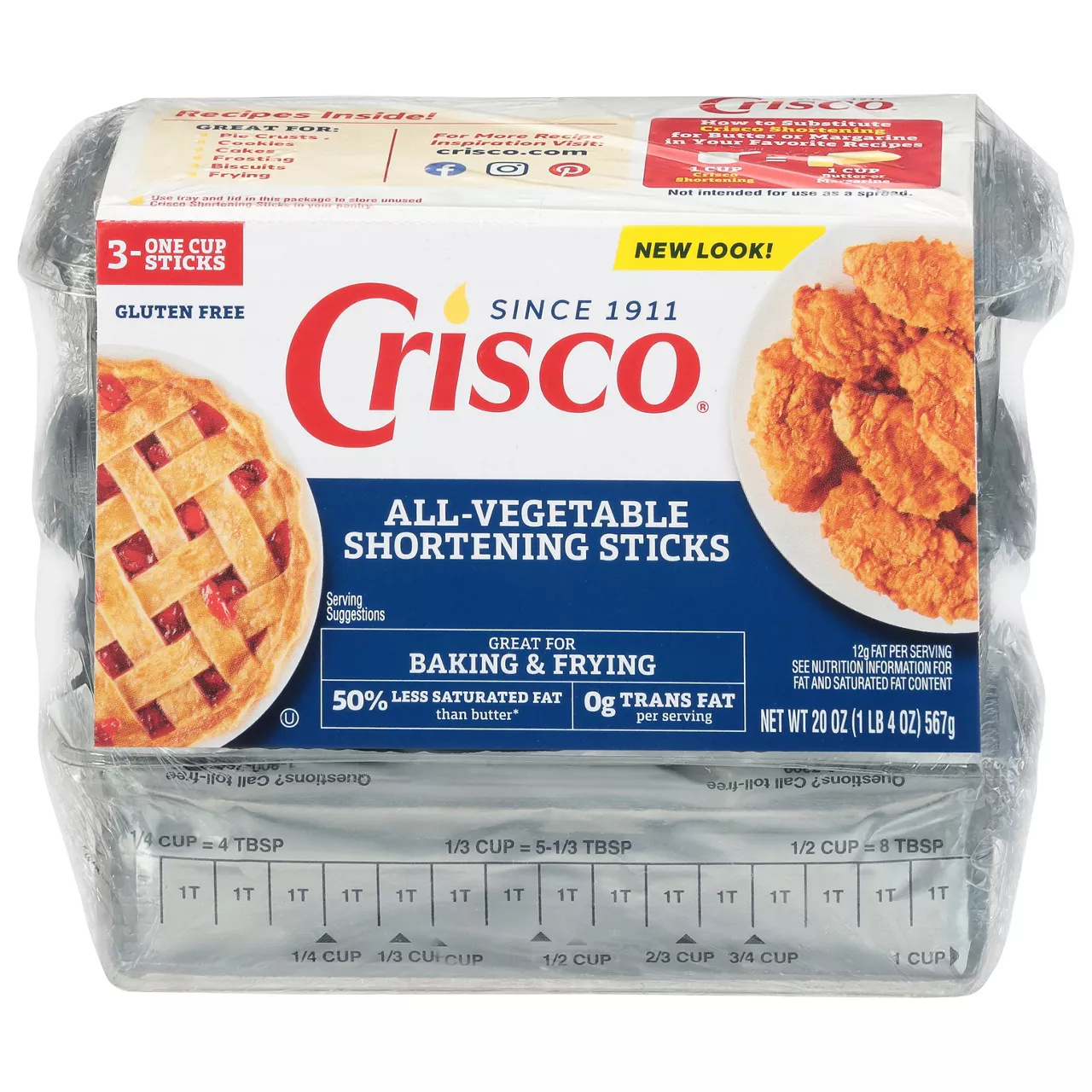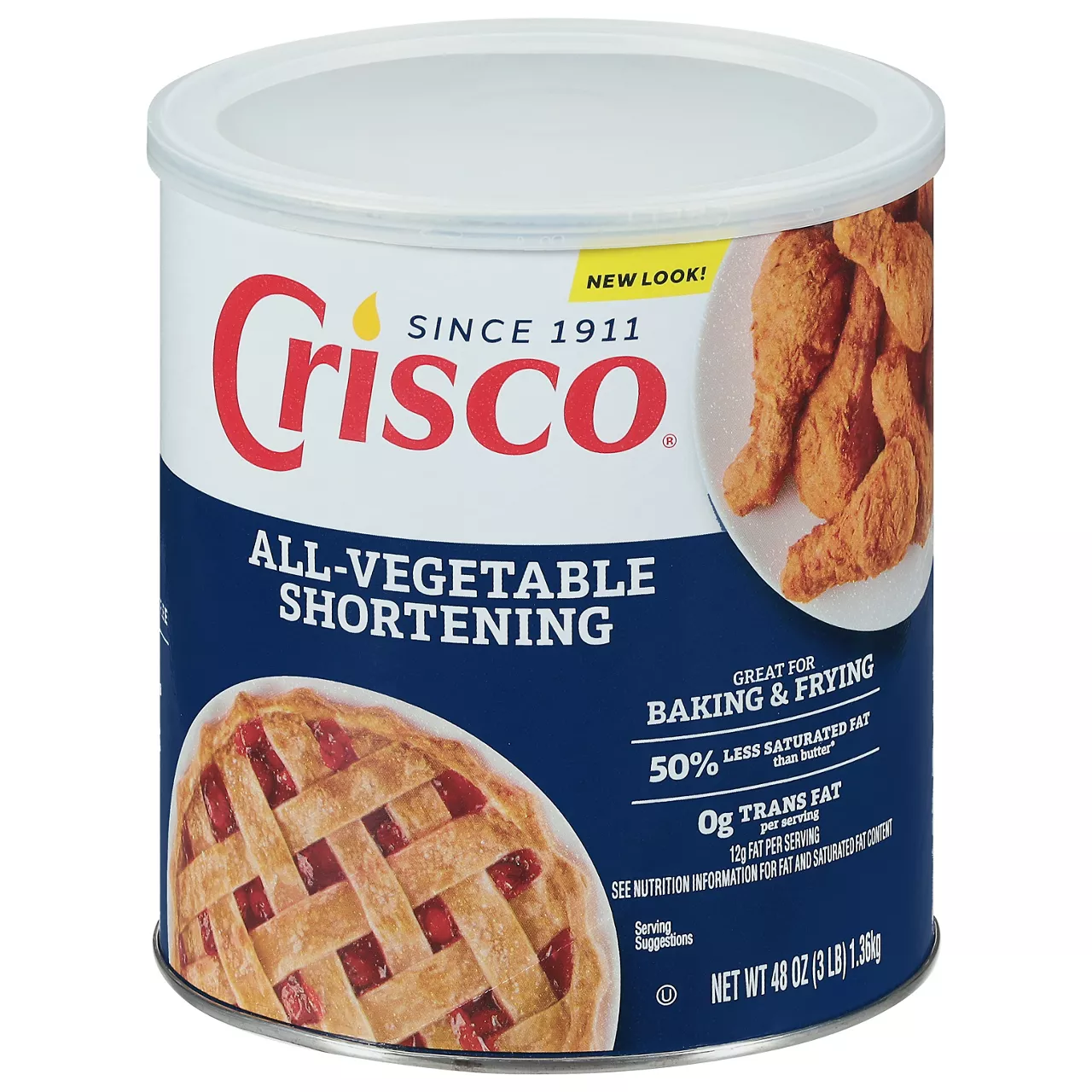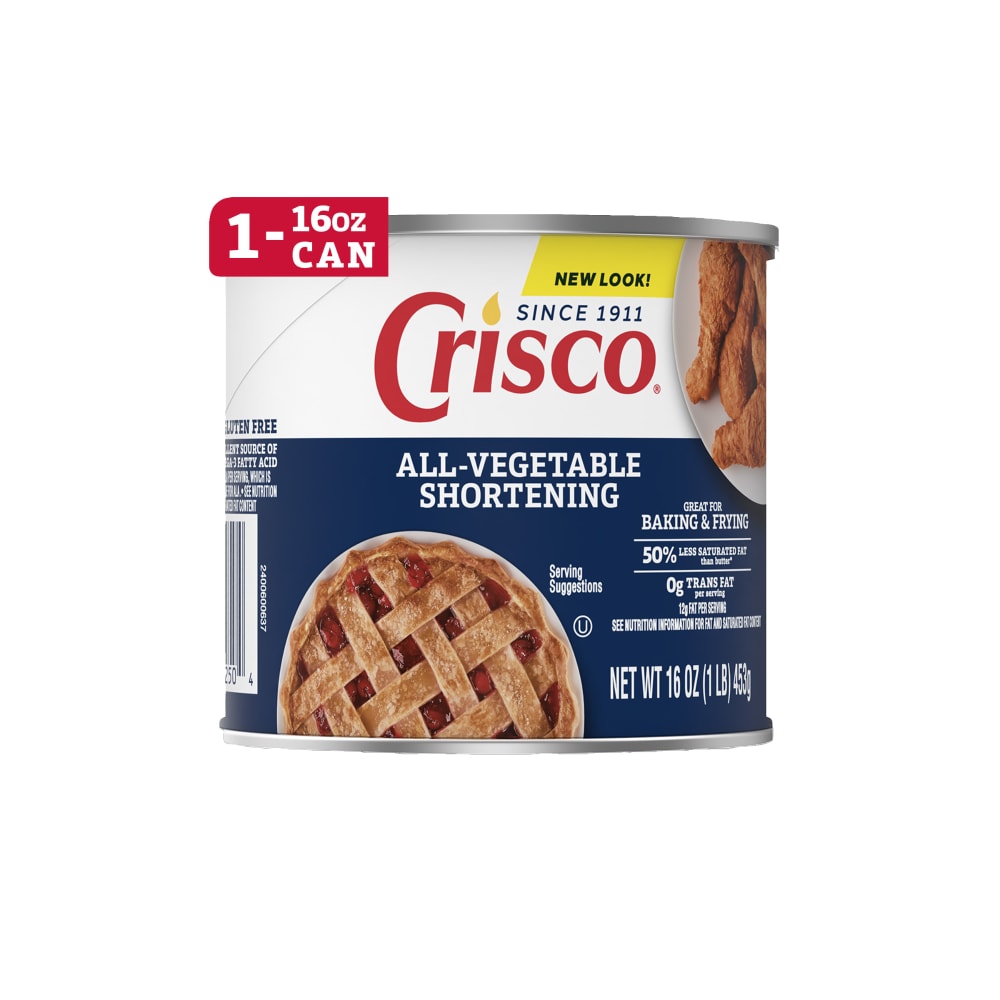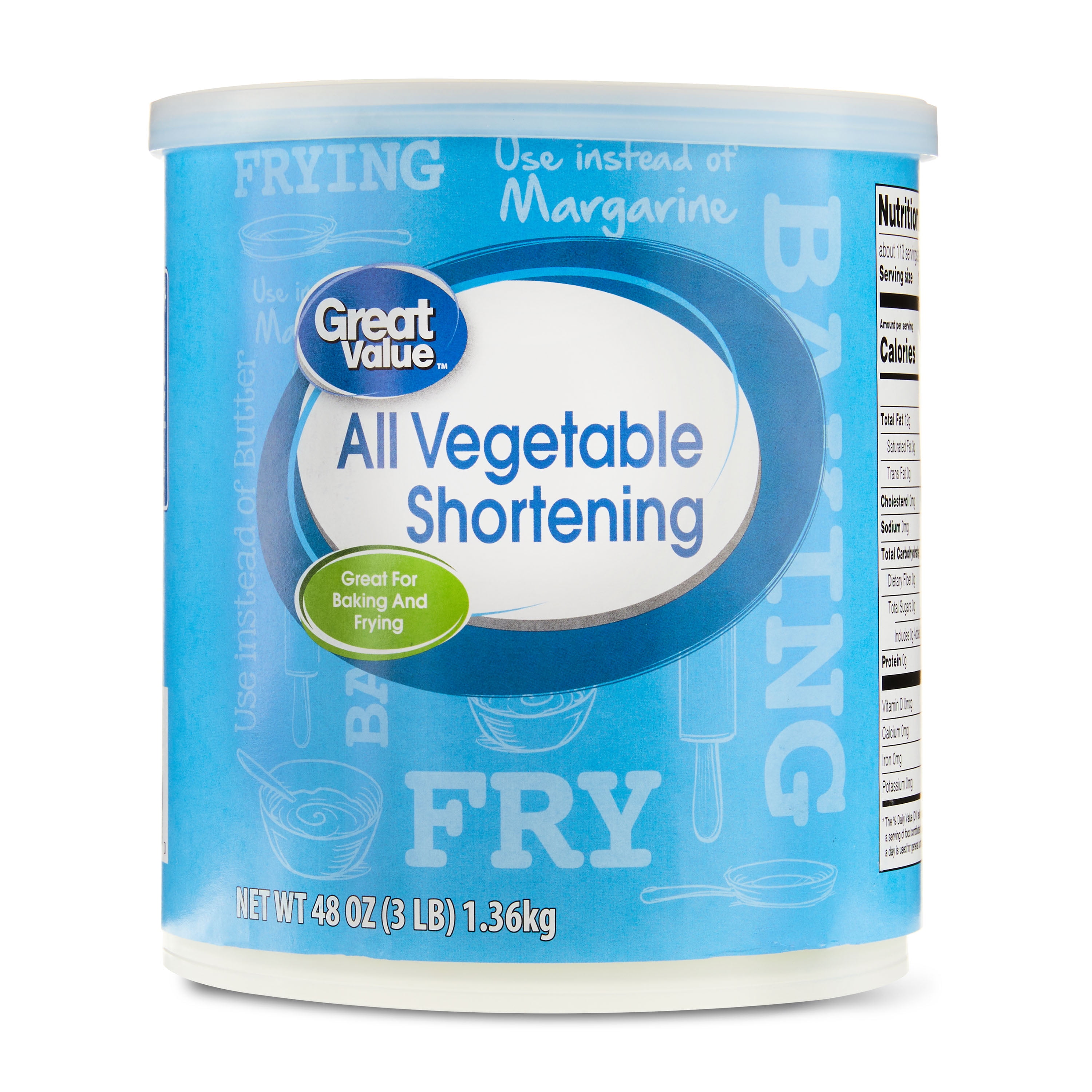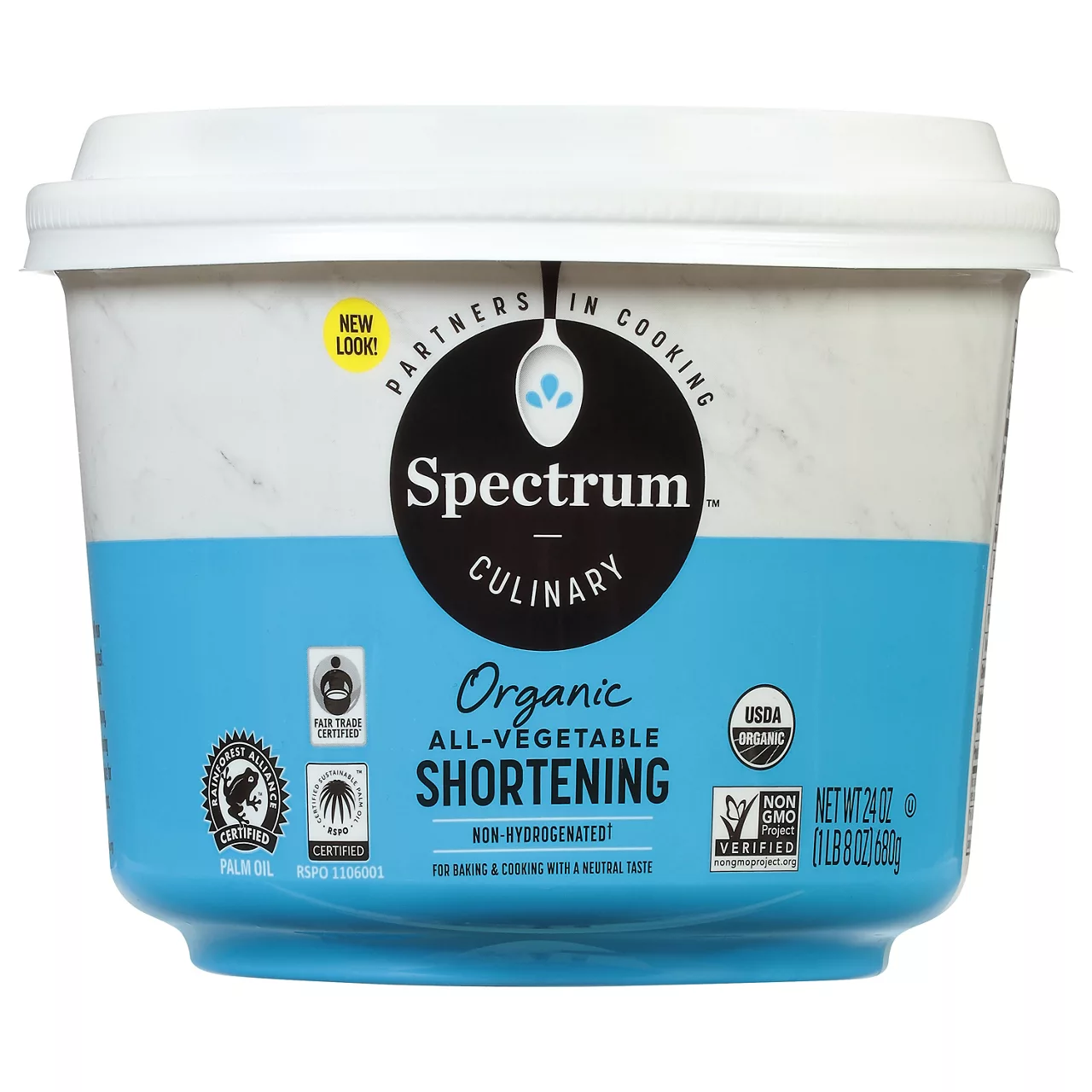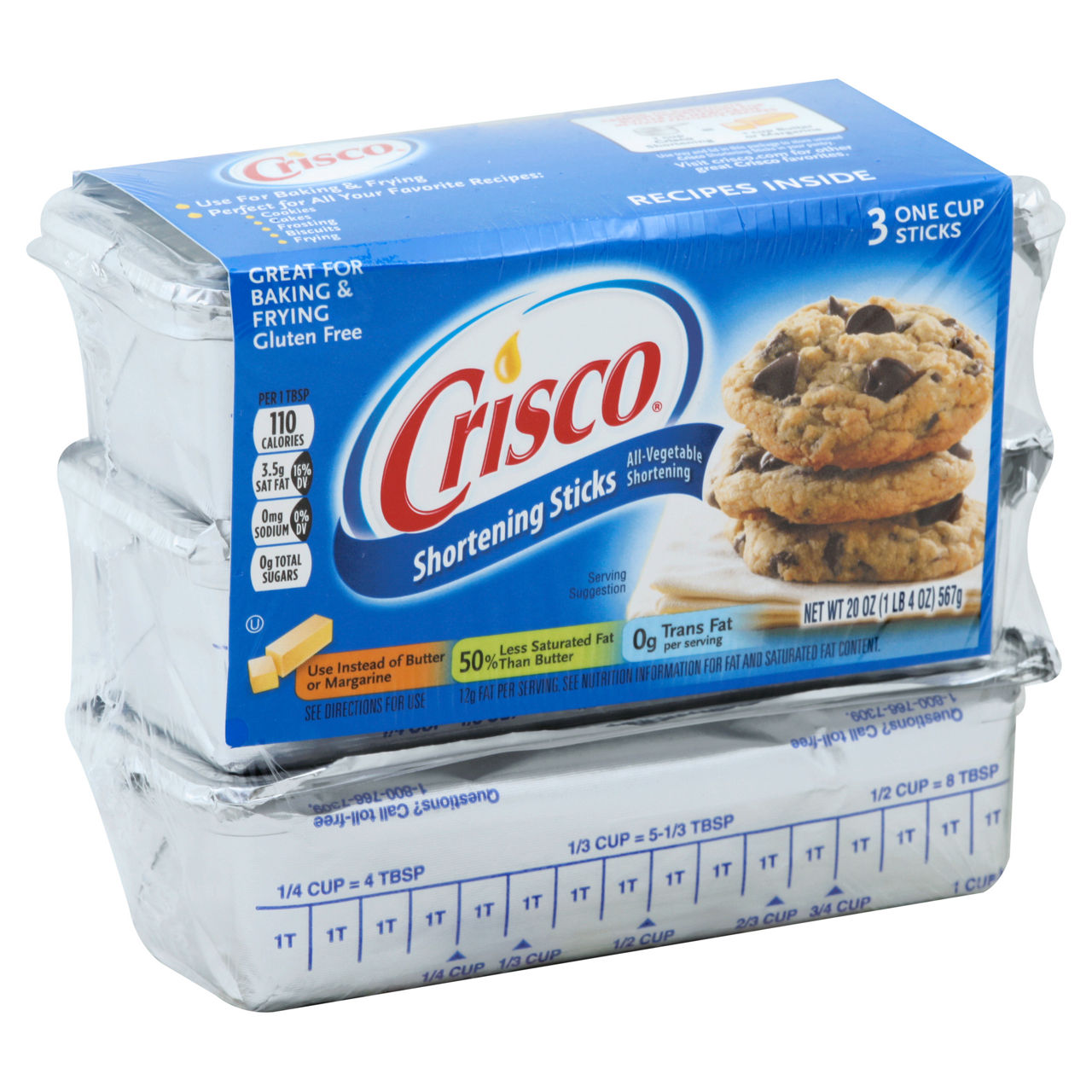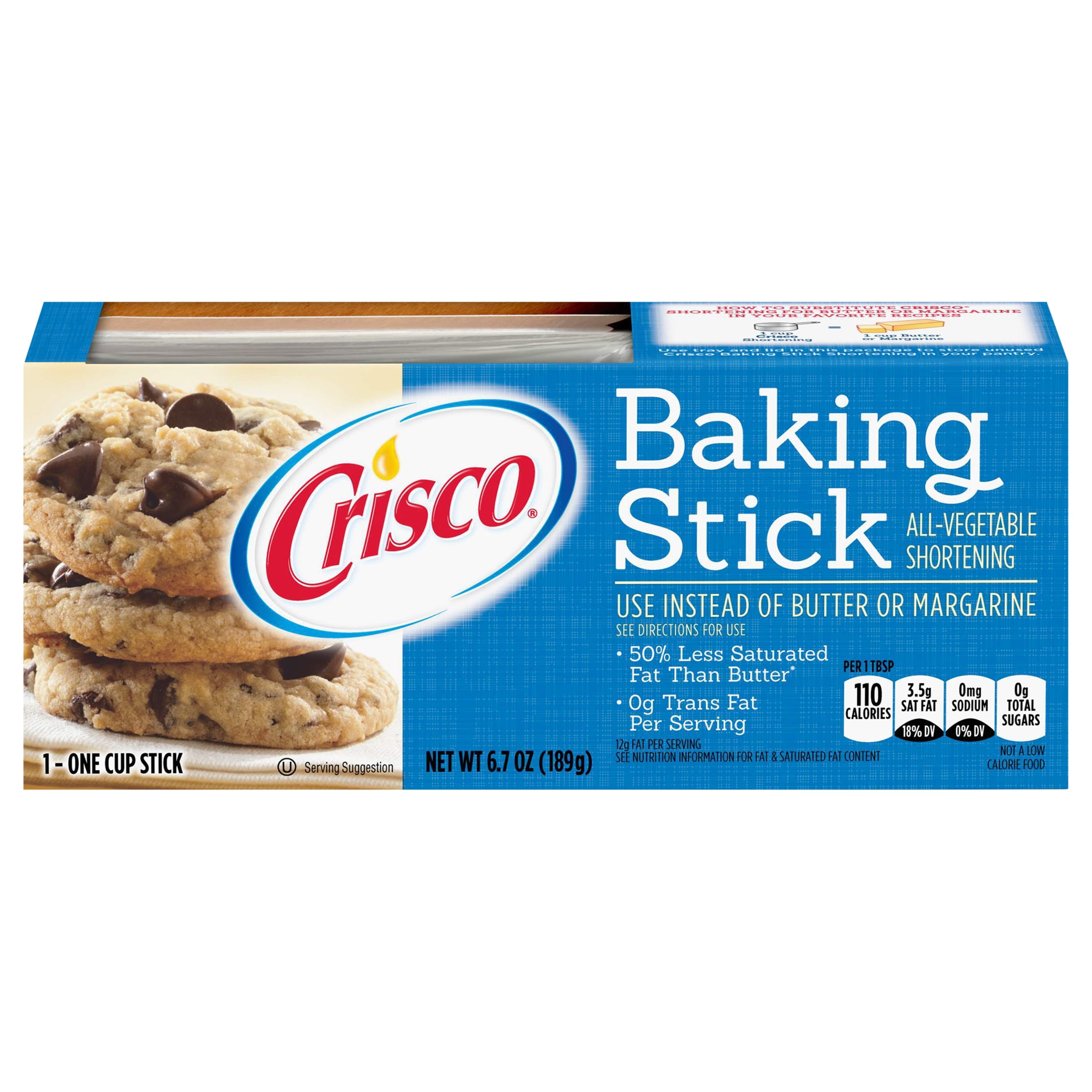DESSERTS
BREADS
Shortening
Shortening is a solid fat that is derived from plant sources, commonly hydrogenated vegetable oils such as soybean, cottonseed, or palm oil. It is widely used in baking and cooking for its ability to provide a tender, flaky texture to baked goods like pie crusts, cookies, and cakes, while also being used for frying due to its high smoke point and stability.
As a popular alternative to traditional animal-based fats like butter or lard, shortening is often favored by those who prefer vegetarian or vegan options. Additionally, it offers a longer shelf life, making it a reliable and versatile staple for home cooks.
0%
CARBS
100%
FAT
0%
PROTEIN
366 Shortening Products
Crisco Shortening, All-Vegetable
Crisco All-Vegetable Shortening, Gluten-Free
Crisco Shortening Sticks, All-Vegetable
Crisco All-Vegetable Shortening
Crisco All-Vegetable Shortening
Great Value Shortening, All-Vegetable
Spectrum Culinary Shortening, Organic, All-Vegetable
Crisco All-Vegetable Shortening Baking Sticks - 3ct
Great Value Shortening
Crisco All-Vegetable Shortening Sticks
Used In 122 Recipes
4
Dreamy French Silk Pie with Graham Cracker Crust
3
Simple and Delicious Homemade Sopes
3
Heavenly Peanut Butter Chocolate Bites
2
Homestyle Chicken and Dumplings
3
Velvety Vanilla Custard Pie
Simply Delightful Homemade Sopes
3
Delightful Cake Pops
8
Homemade Peanut Butter Eggs
Shortening Is Frequently Used With
Shortening FAQ
Shortening is a popular ingredient in recipes that require flakiness, lightness and moisture. Its high smoke point makes it ideal for frying. Because it is plant-based, shortening is a preferred fat in vegan and vegetarian cooking. However, people often misuse or misunderstand it. A common mistake is using the wrong amount. A little bit of shortening goes a long way, so be careful to avoid adding it too generously. Using it at the right temperature is also crucial. For instance, using shortening cold in pastries aides in achieving the desired flaky texture. In frying, make sure it's properly heated up before adding your food. Another tip includes using it as a nonstick agent for baking pans and cookie sheets. Apply a thin layer for easy removal of baked goods without affecting the flavor too much.
Can I replace butter with shortening in my recipes?
What's the difference between shortening and lard?
Can I use shortening for frying?
Is shortening vegan?
Is there a healthier substitute for shortening in baking?
Why does shortening make cookies softer?
Can I use butter flavor shortening instead of regular shortening?
Is shortening healthier than butter?
Why is my shortening lumpy?
Do I need to refrigerate my shortening?
Expiration & Storage Tips
When does shortening expire?
Typically, unopened shortening can last up to 2 years if stored properly. After opening, it should be used within 6 months. It is not recommended to freeze shortening as it may change its texture and performance when used in cooking.
How do you tell if shortening is bad?
Shortening that has gone bad will develop a rancid smell and may also change in color and consistency, appearing darker and duller. If you notice this sort of change in your shortening or if it emits a strong, unpleasant smell, it's best to dispose of it.
Tips for storing shortening to extend shelf life
• Always store shortening in a cool, dark place such as a cupboard or pantry. Avoid keeping it near heat sources such as the oven or stove.
• Once opened, be sure to cover it tightly after each use to prevent exposure to air which can lead to end up spoilage.
• If you're not planning to use shortening frequently, consider buying it in smaller quantities to avoid wasting it.
EXPIRES WITHIN
20 - 29
MONTHS
Equivalents
Substitutes

Palm Shortening

Vegetable Oil

Canola Oil

Butter

Vegan Butter

Whipped Butter
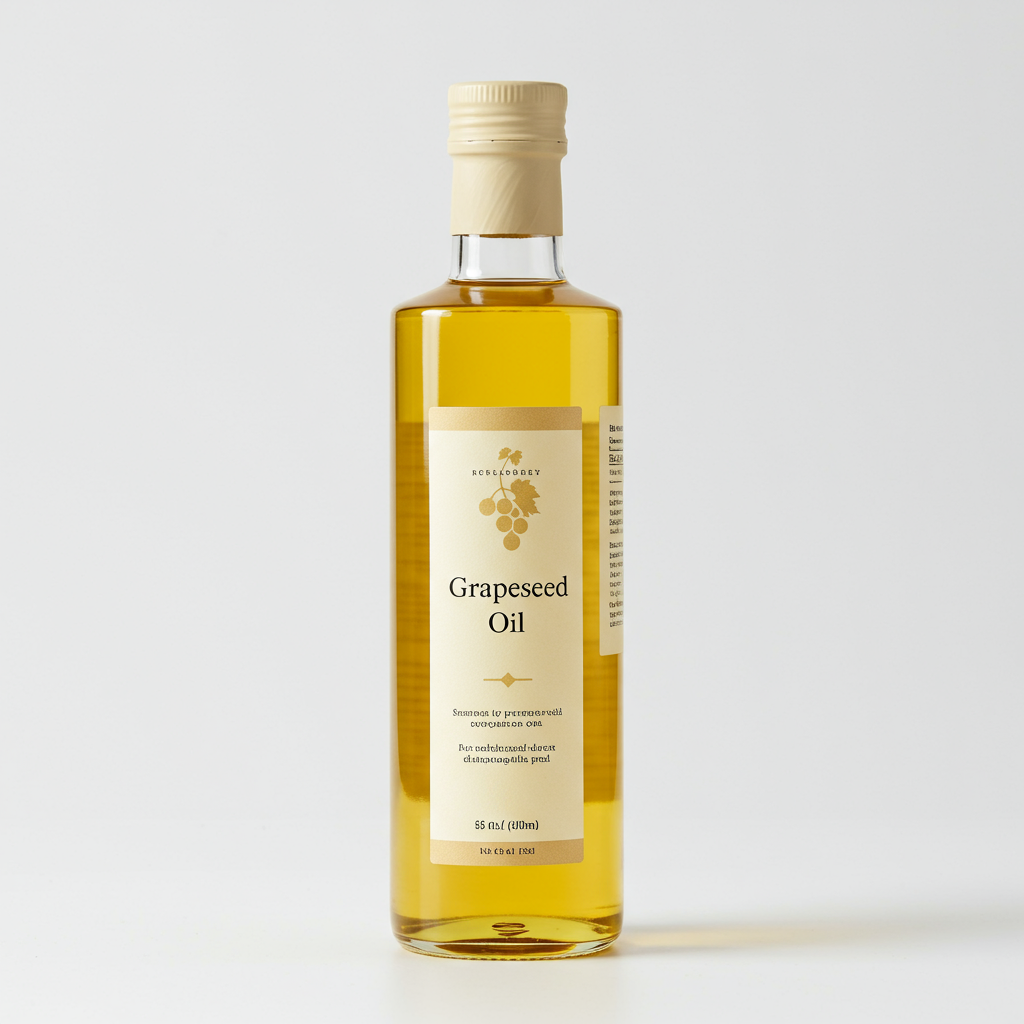
Grapeseed Oil

Coconut Butter

Coconut Oil

Ghee
See All
Health Info
Macros
0g
CARBS
11g
FAT
0g
PROTEIN
Allowed on these diets
LOW FAT
HIGH CALCIUM
VEGETARIAN
LOW CARB
VEGAN
LACTOSE FREE
GLUTEN FREE

